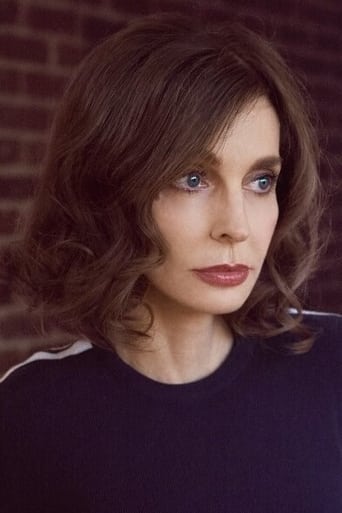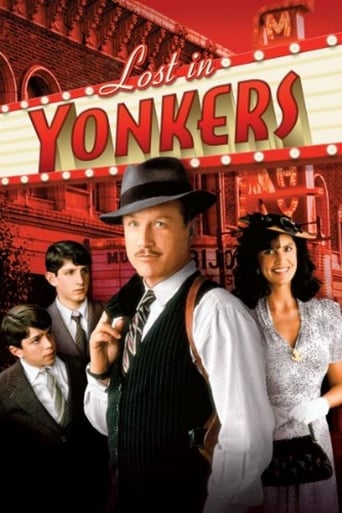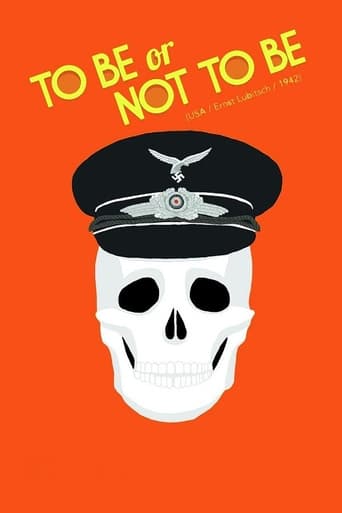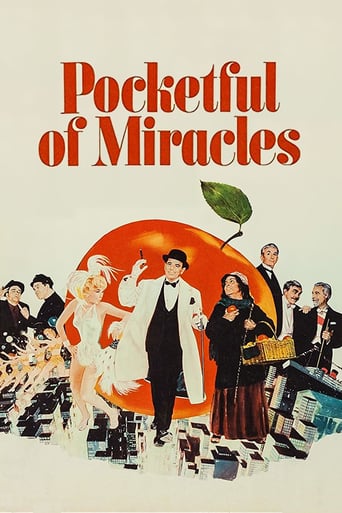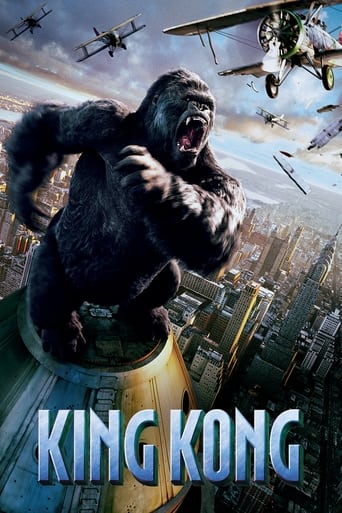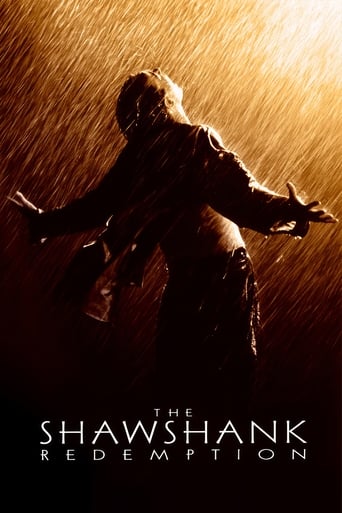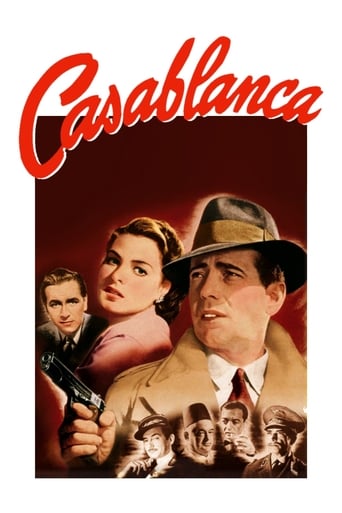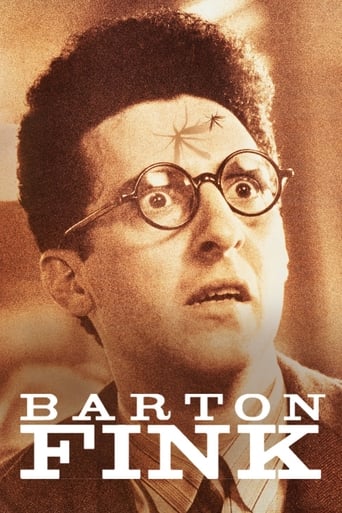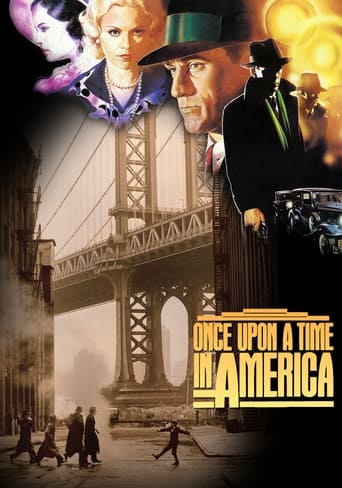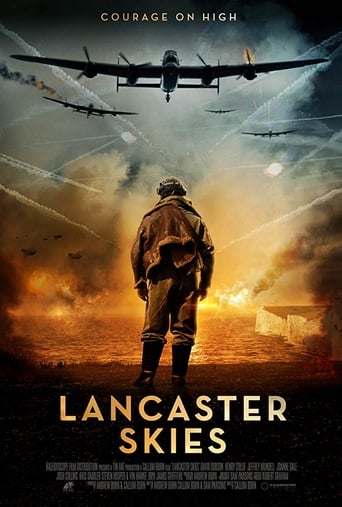
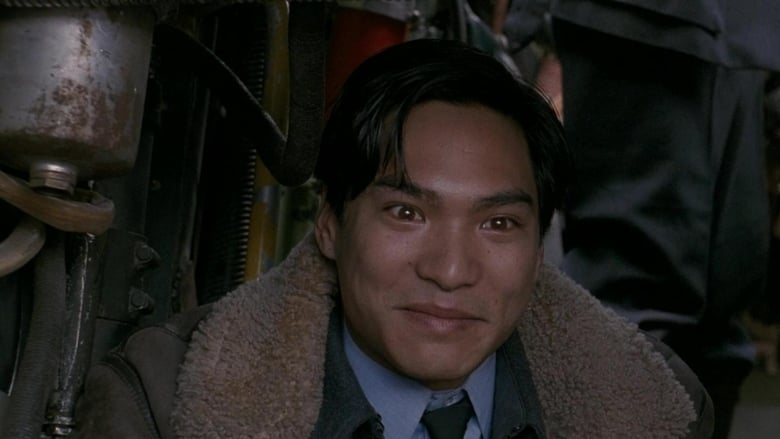
Map of the Human Heart (1993)
In an Arctic village in 1931, British mapmaker Walter Russell selects 12-year-old Eskimo Avik as his guide. When the boy contracts tuberculosis, Walter flies him to a Montreal hospital, where Avik meets Albertine and is infatuated. A decade later, a grown Avik encounters Albertine again in London, where he's serving as a British combat pilot. Despite her relationship with Walter, she and Avik begin an affair.
Watch Trailer
Cast


Similar titles
Reviews
Some fine acting, excellent photography and politically correct views on colonialism, racism, mass destruction in war linked to Canada's history with indigenous peoples and exploitation of their lands. Leaves gaps that are covered by over-stretched symbolism and unclear passages from prior scenes that are explained by some of the omitted scenes. The central character of a beautiful and mysterious half-breed woman who seeks to escape into "white" society doesn't work in the transition from childhood to adulthood, unlike the other central character of the Inuit boy who becomes an acculturated man who later survives World War II's Dresden bombing raid when his plane is shot down. His mysterious survival when all other crew members are killed as the plane explodes and among the firestorm of Dresden's somehow transforms him into reverting back to Inuit life, avoiding his childhood love, and becoming a somewhat drunken stock "native" figure in a land being devastated by oil exploration who avoids the daughter who comes seeking her father.
Avik, a little Eskimo brat, messes with a mapmaker's equipment and later spits blood into his face. What he needed was a slap in the face... The movie is very European in the sense that every event has to be symbolic, everything has to be poetic, lyrical, or whatever. I mean, just look at the pretentious title (something Oprah Winfrey would say when addressing her band of dumb female viewers). The dialog suffers the most from this; because everything has to be so absolutely grand, most characters, some of the time, talk unlike real people do. Hence the dialog is occasionally awkward. Parillaud is charming and good, whereas Lee is likable but average. The revisionist views regarding the bombing of Dresden weren't necessary. The ending, though very much as grand as everything here is supposed to be, is quite good. Even the scene of the first time Parillaud and Lee have sex has to be grand: they do it on a huge air-balloon. And one of their romantic meetings is on top of Albert Hall, minutes before Germans start bombing the neighbourhood. So granditudionallly grandispliferous. Definitely watchable, but not captivating.
Map of the Human Heart is a rare film which is both haunting and beautiful as well as filled with the violence of man against man and nature. It's lead actors, Jason Scott Lee (Avik) and Annie Parlliaud (Albertine) play aboriginals of Canada who are both outcasts by their mixed-blood status in the respective communities, Inuit and Cree, providing insight to the ancient animosity between native groups that shatter the positive stereotype and myth of egalitarian indigenous tribes living in harmony before western contact. In fact, the theme of conflict repeats throughout this fine, little film and provides the backdrop for the love story of Avik and Albertine in WWII England.Discovered as a small boy by a military mapmaker on expedition to his community, Avik, aka "Holy Boy" is drawn to the officer who removes him from his village, a typical action by intrusive, well-intentioned outsiders. Removed to a Catholic run native hospital for treatment, Avik meets the Cree Indian girl, Albertine, a patient with tuberculosis. Historically, the two native groups are ancient enemies, and the children inherited this long-standing animosity without knowing anything of the other until they realize a shared situation and experience. As Avik and Albertine's friendship blossoms, their childhood devotion turns to first love. Avik steals Albertine's x-ray of her damaged lungs and heart which he carries with him into adulthood. The children attempt to run away from the hospital but are thwarted by adult authorities and their separation begins the second half of the film.When the adult Avik returns to his native village to care and provide for his elderly grandmother, he is an unsuccessful as a provider, something seen as a curse to others of the village as well as his grandmother. She realizes Avik must be set free from the ancient ways of native life and commits suicide, a sacrifice of herself for Avik's future. Time and the setting jumps to WWII London where a grown up Albertine is now married to the same British officer who was Avik's liberator. She works with the security branch of the British Army and her unit is responsible to identify sites from the aerial maps for bombing runs turned in by bomber crews. While at work, she reads the name of one of the planes, the "Holy Boy" the childhood name for Avik and reunites with her childhood companion. Their love is rekindled in one of the most memorable settings -- the Royal Albert Hall dome -- where Avik and Albertine escape.The film revels in unlikely settings to situate it's stars adding to the visual and physical splendor of Albertine and Avik's love. From the Royal Albert Hall, to an aerial blimp over the White Horse Vale where they consummate their passion, the cinematography is stunning! Contrasted against this splendor is the reality of the war. The missions to destroy cities and ultimately humans is carnage in acts of violence that is the reality of war. Avik, faced with Albertine's marriage to the man who changed his life, confronts the mapmaker, a jealous controlling man. Albertine's passionate love for Avik is unbearable and he orders Avik's unit back to the "Holy Boy" to take part in one last run that is the controversial bombing of Dresden, Germany. A city acknowledged as a cultural treasure and not factory of Nazi ammunitions manufacture, Dresden was off-limits to bombing runs by Allied troops. However, the hatred for Avik and Albertine's love drives the mapmaker to order the firebombing of Dresden, with the participation of the "Holy Boy." Shot down during the offensive, Avik parachutes into Dresden as the flame offensive engulfs the city. Trying to save a child from the flames, Avik drops the x-ray of Albertine's heart, a symbol of his constant devotion and love, in the conflagration. The conclusion of the film is a heart-wrenching resolution that remains true to the storyline and by the end, the story comes full-circle. The film remains little known but is a captivating romantic adventure which should have received more recognition for both originality and camera-work. It is worthy of attention and delivers with thoughtful commentary on the human heart, loyalty, and hatred.
I saw this film based on IMDb reviews, and I've got to say, you got me. That star rating at the top of the page? Fooled me! Now why was this film so bad? I'm sure that director Vincent Ward had grand swirling ideas about this film, but most of it feels like a mid-quality Lifetime movie. The dialogue is bad, and making it worse is the delivery by the so-so actors. Jason Scott Lee's performance is so melodramatically over the top that my wife and I laughed most of the time that he was supposed to be "upset" or "sad". Patrick Bergin just simmers and leers, and when he talks about the bombing of Dresden and why he's ordering it to be bombed is just silly and over the top.Like I said, most of the film feels like a Lifetime movie. Having sex on a barrage balloon? Above the dome at Albert Hall? And when Anne Parillaud drops one of her stockings down into the orchestra pit, both my wife and I said, "It's WWII, isn't that stocking going to be a little hard to replace?" When Lee's daughter shows up at the end of the film, she says the stupidest thing in the movie. You're in the Arctic circle and you say, "I'm cold."? Of course you're cold, idiot! Most of the situations are set up as artistic and auteur-ish, but they just comes across as silly. Some of it is pretty, but it's just not worth your time.




